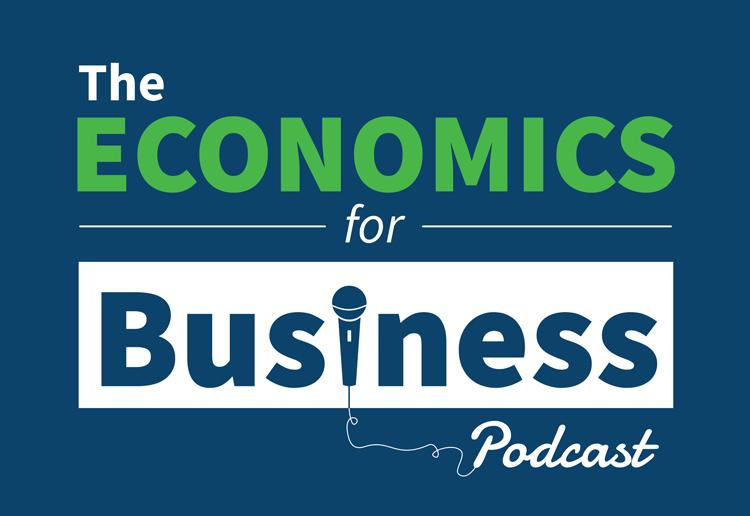
Austrian economics has a lot to say about how to organize companies for maximum worth generation. Austrian concepts indicate the delegation of entrepreneurial judgement to the front-line workers who interact directly with those who in fact produce value: users.
The military organization models of the twentieth century, involving command-and-control in hierarchical structures, are slow to alter, and the management literature evidences an objection to abandon the hierarchy. However there is a fast-growing industry that’s the locus of prodigious value generation where the hierarchy has currently been abandoned and flat networks of distributed judgement are taking its location. Ulrich Möller is among several Austrian economic experts who are studying the firms in the computer game market and demonstrating how their findings can bring positive organizational change to the remainder of the organization world (see our E4B Knowledge Graphic at Mises.org/ E4B_133_PDF).
Secret Takeaways and Actionable Insights
Organizational innovation has a long and effective track record in the computer game market.
A great deal of worth has actually been generated in the video game industry in a short period of time. Video games surpass films and music in revenue. Without a long history of corporate hierarchies and bureaucracy to shed, firms in the industry welcomed the organizational developments of open source software application, including anonymous partnership among highly distributed self-organized groups, peer review systems, and nimble processes.
In addition, the market produced its own lab for testing revolutionary organizational theories in virtual economies embeded in virtual worlds.
Valve is a business in the computer game market that took organizational innovation to its sensible conclusion: completion of hierarchy.
Valve– an extremely effective, industry-leading business– pursued a value-generation reasoning to frame its technique to company:
- Creativity is our core resource– the most crucial skill in video game development.Creative employees are
- key to our capabilities.Creative individuals are most efficient when delegated
- express their own imagination in their own way.Hierarchy obstructs creativity, as do preparation and routine.How do we develop a business
- to bring in and retain the sort of individuals who are able to take the boldest innovative actions? The response? Let staff members decide what to work on. Let them exercise entrepreneurial judgement. Let them, in impact, do both technique and application. Provide all the choice rights. Let them recognize customer preferences– given that they understand the client best; let them decide how finest to deal with those choices; let them choose how to achieve competitive differentiation; let them designate resources, select costs, and handle success; let them control quality and decide when software application is ready to ship. Staff members work in self-organizing groups, and are free to migrate from group to group, and totally free to alter their functions. There are no set job descriptions. In location of command-and-control, a couple of basic guidelines or restrictions have emerged for the exercise of governance. F.A. Hayek discussed norms that emerge in social groups to shape behavior. These are not legislation, i.e.,
composed official restrictions. They are what he called guidelines, restrictions that everybody accepts in the shared commitment to collaboration and the pursuit of the most beneficial outcomes. The most considerable of these guidelines at Valve is the”Rule Of 3″, a basic contract that a minimum of 3 people must agree on the initiation of a new job, or on other major decision points. The emergent standard was that this is simply enough to prevent maverick habits, and a low sufficient number to facilitate nimble action that’s not bureaucratically constrained. Another rule or restraint goes by the name of Social Proof. This is a broader and looser peer evaluation standard. If the original group wishes to recruit more members, they must convince others of the value producing potential of the task(in competitors with other projects in the firm); effectively doing so constitutes “social proof”of value. Rules-based peer review procedure replaces management structure. Traditional techniques to organizational design concentrate on structure. This might be command-and-control hierarchy, or structured networks, or tactical business units or functional departments. Valve abandoned structural thinking and
changed it with circulation analysis. How can we bring in the most imaginative individuals to our
endeavor? How can we motivate the most productive flows of vibrant creative thinking? How can teams best assemble and team up for the most efficient output? How can we incorporate with the user neighborhood in the very best way? How can the most value-generative jobs draw in the very best resources? These are all questions about flow. Austrian economists are distinctive in viewing capital as a flow instead of a structure, and this view is true for human capital simply as much as physical capital. Emergent guidelines for self-organizing human systems can carry out all the supervisory functions that were historically left to manage structures. Actionable Insight Summary Style your organization for flow not structure.Design to bring in the most entrepreneurial individuals in the most entrepreneurial roles (self-selection). Let them self-organize. Let guidelines and value codes emerge.Teams as company units.Eliminate the limits between the firm and customers and other partners. Additional Resources” The Future of Organizational Style”– our E4B Understanding Graphic(PDF): Mises.org/ E4B_133_PDF”Levels without Bosses
? Entrepreneurship and Valve’s Organizational Design “by Ulrich Möller and Matthew McCaffrey: Mises.org
- / E4B_133_Paper1″Entrepreneurship and Company Method: Integrating Resources, Capabilities, and Judgment through an Austrian Framework “by Ulrich Möller and
- Matthew McCaffrey: Mises.org/ E4B_133_Paper2

